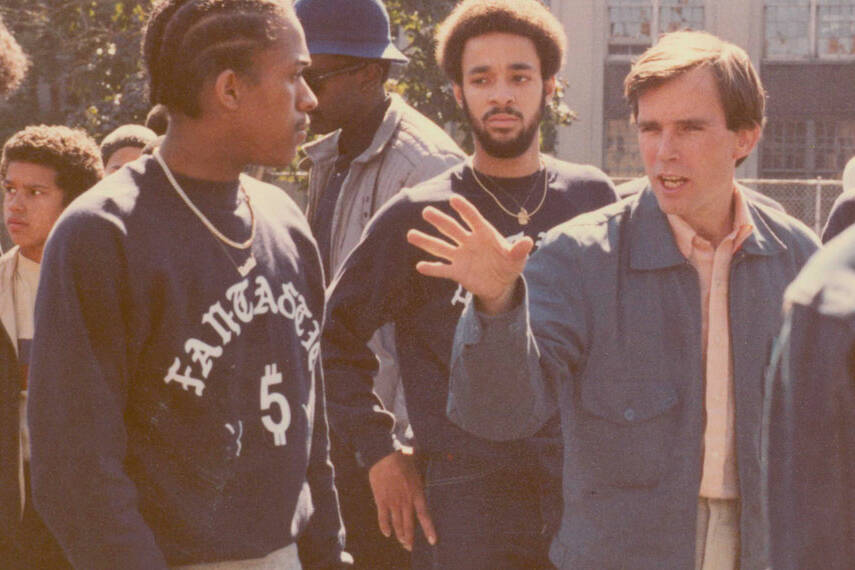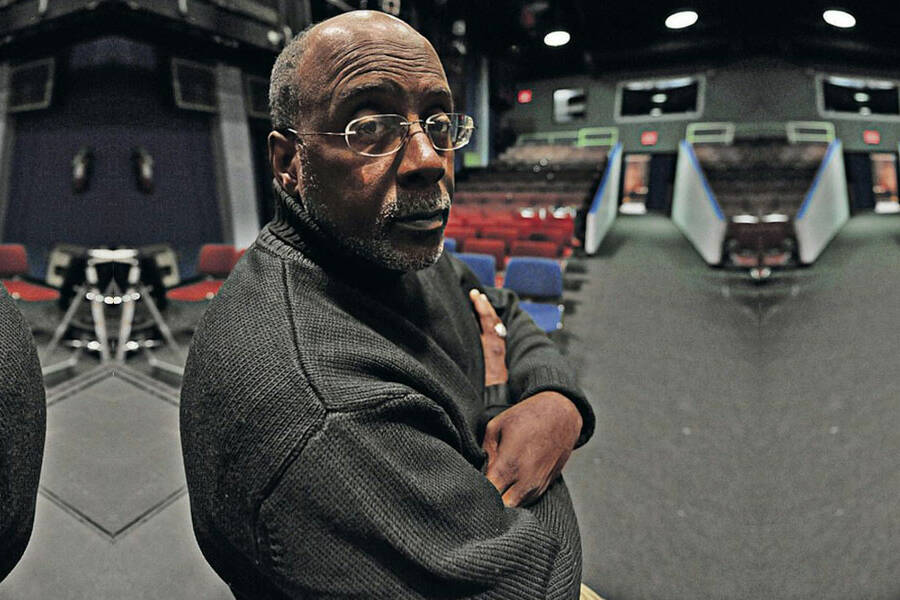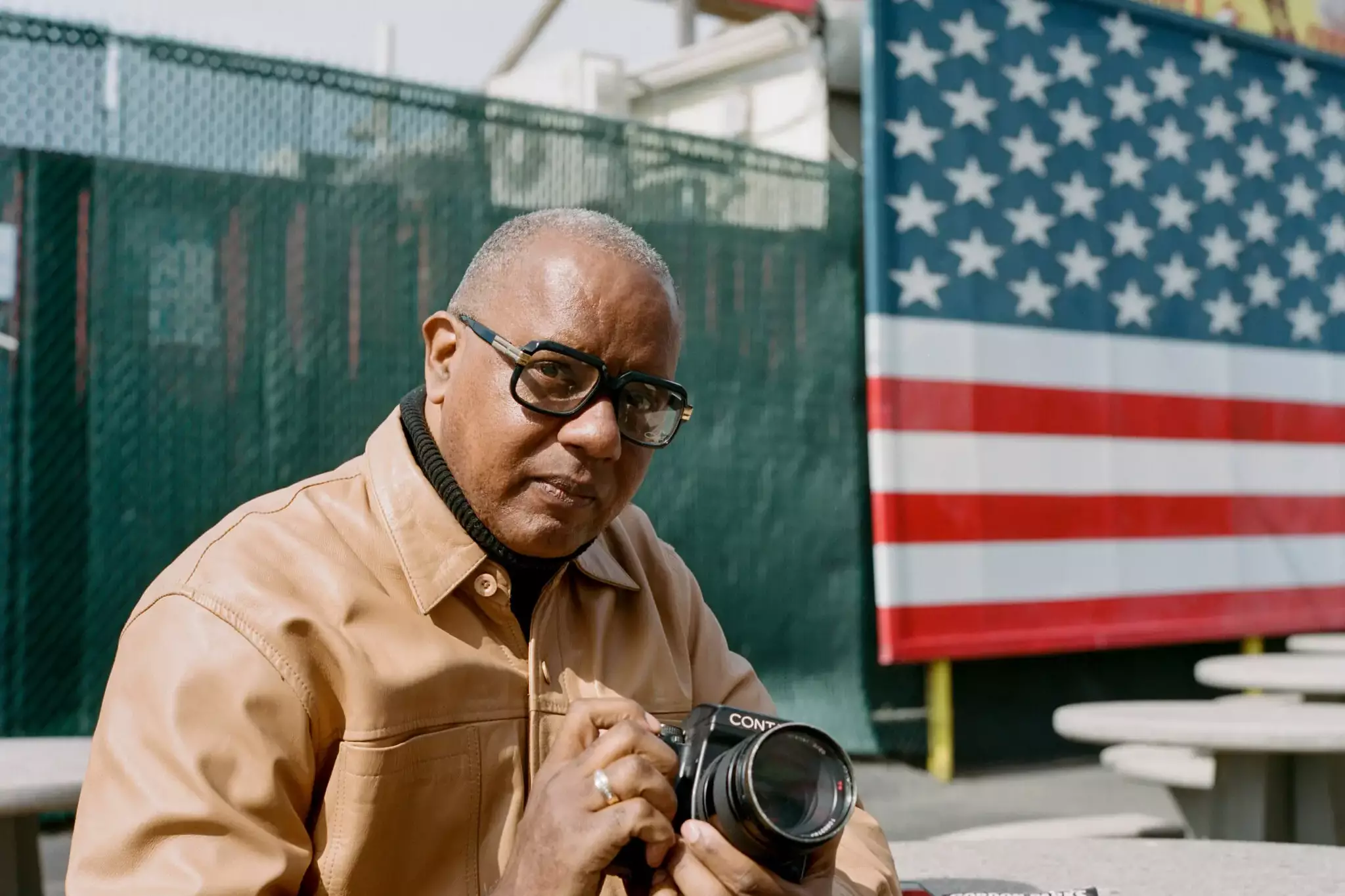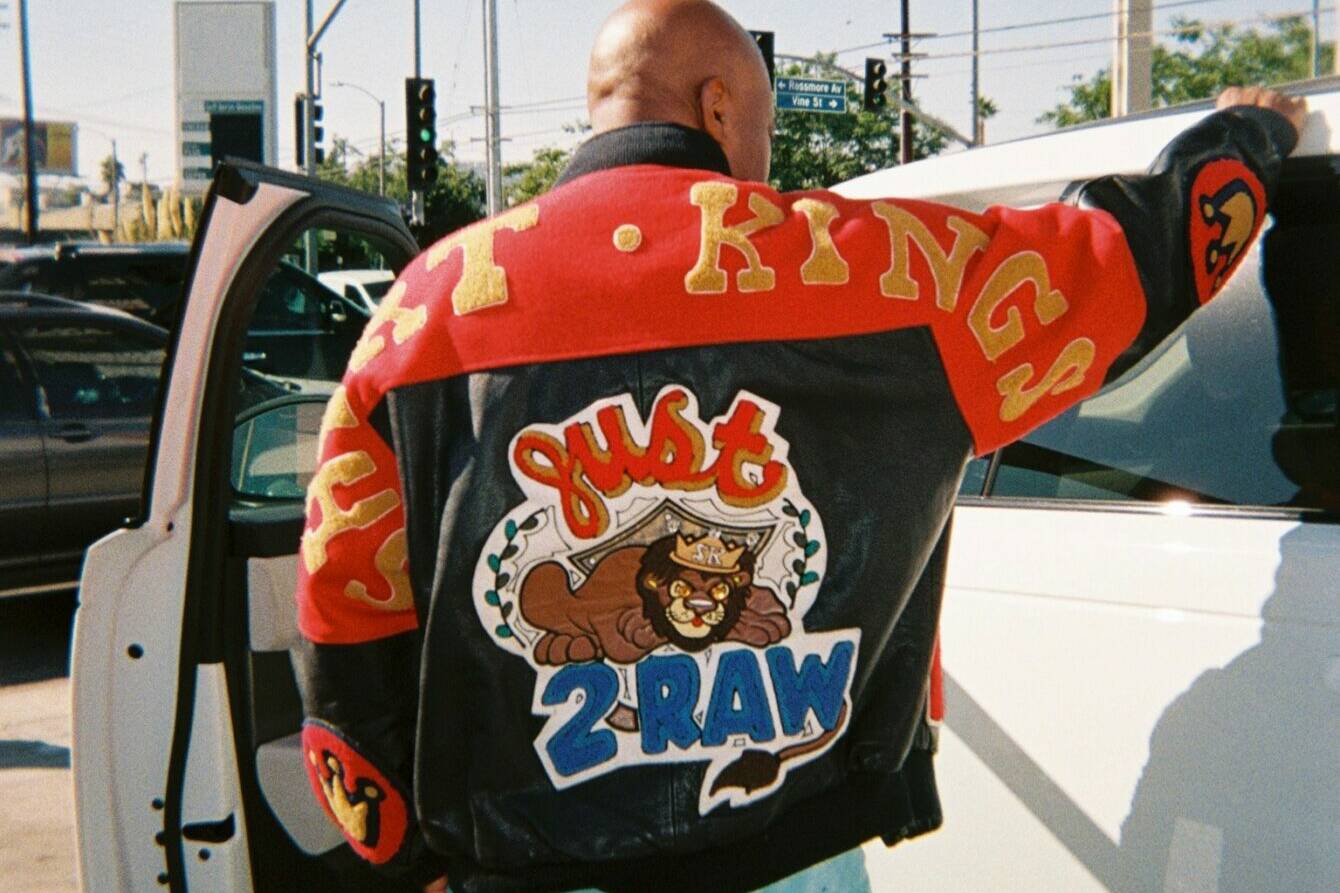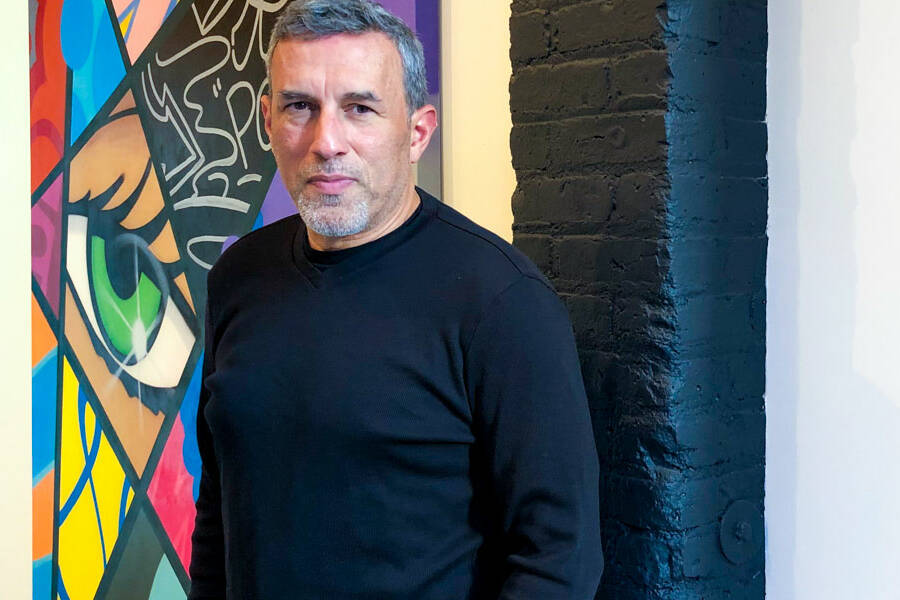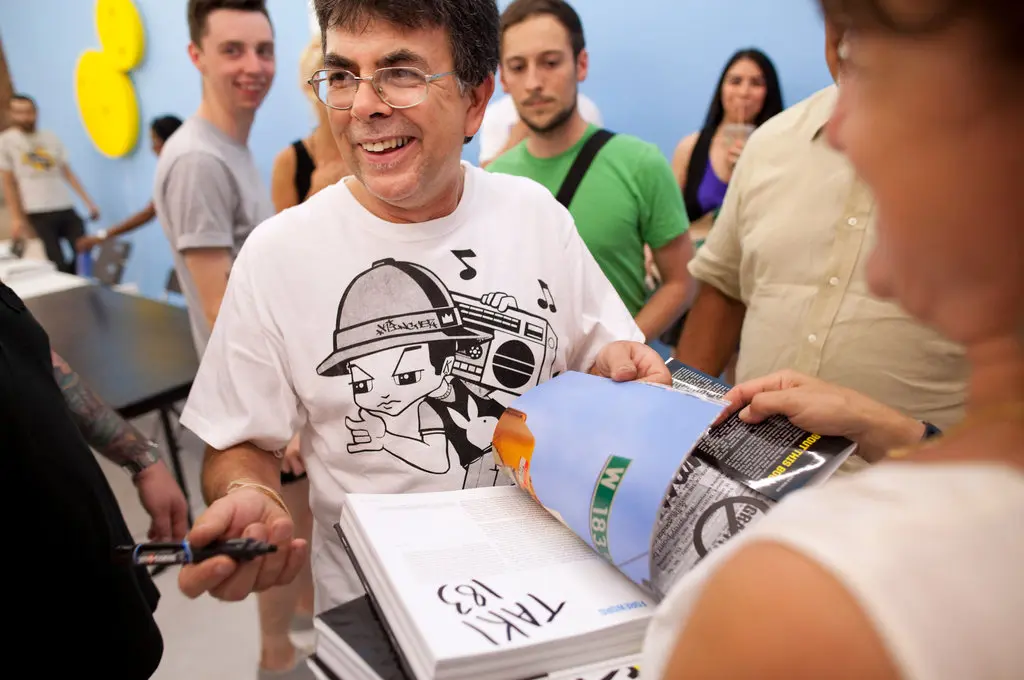
TAKI 183, Forefather of Graffiti and Mechanic
I met TAKI 183 at the Museum of the City of New York. They were showing Wall Writers, a documentary film about graffiti in its innocence. It was fascinating to finally meet the legendary, mysterious artist whose name always comes up in conversations about the early days of graffiti. I mean no disrespect, but I was surprised that TAKI 183 was still alive because the allure around his name was akin to Greek Mythology.
Listen to TAKI 183 tell his Story
We talked briefly, and he was down to record a conversation. He gave me his number, and we agreed to speak later in the week. After the initial call, he offered his autobody shop as a place to record our talk. This is what our conversation about getting to his shop sounded like:
“How are you getting here?” TAKI 183 asked.
“The train,” I replied.
“Daytime or nighttime?” he inquired.
“Daytime works for me,” I said.
“Great,” he said. “You can walk from the train station to my auto body shop. It’s a quick walk.”
That was an odd question, but okay.
I hung up, hopped off the train in Yonkers, and immediately understood why he asked about the time. Growing up in Southside Jamaica, Queens, I know a tough neighborhood when I see one. But this? Yonkers had its own whole vibe. Walking in broad daylight, I couldn’t help but to feel like food. I stood out. I wasn’t exactly dressed in anything that garnered the attention to express that I had anything of value on me, but the way people stared… well, if you’ve ever been in a rough neighborhood and felt like everyone’s watching because you’re not from there, you know the feeling.
I’m still tickled by that moment as I type this. Anyway, I reached the shop safely. Thankfully, TAKI 183 was gracious and hospitable. We ended up having a great conversation, which put the initial awkwardness of my arrival to rest.
TAKI 183 is a name that rings bells throughout the world of graffiti. Our conversation wasn’t just about his artistic achievements but the story behind his mythology. It offered a glimpse into the early days of graffiti culture when the streets of New York became a canvas for a new kind of urban expression.
His story as a graffiti writer starts with his curiosity. TAKI 183’s journey into graffiti began with a simple urge to try something new, a spark that would unknowingly impact the future of an artistic movement.
TAKI 183’s mystique was shrouded in his identity or, better yet, lack thereof. The anonymity added a layer of intrigue to his tag. Unlike a star athlete, TAKI 183 achieved local celebrity status during high school using only a felt-tip marker.
Beyond his local fame, TAKI 183’s tags spread through the city’s veins—the subway system. Eventually, TAKI 183’s work transcended the underground scene. His tags appeared in a commercial with Lady Liberty herself, and connections with artistic giants like Andy Warhol solidified his place in popular culture.
The conversation wasn’t just about the past; TAKI 183’s insights into the pre-digital age shed light on the unique way fame spread back then. Word-of-mouth starkly contrasted the instant visibility of today’s digital world. We also discussed the changing landscape of recognition in graffiti and social media’s impact on similar artistic movements.
TAKI 183’s story is one of curiosity, experimentation, and adaptability. His legacy is a testament to the fact that if you write your name thousands of times all over the place in all five boroughs, you have gone “All City.” And whether you wanted to or not, you will have left an indelible mark on the world.
This short reflection on my conversation with TAKI 183 offers a glimpse of his story. However, for the full spectrum experience, try scrolling back up and listening to the entire conversation to unlock the complete story.



